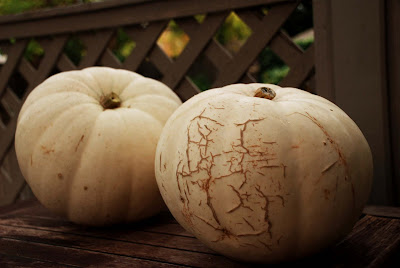Position: use rule of thirds, or look to place your camera in a prominent place to capture the best focal point you're trying to convey.
Focus: Learn to use Depth of Field to blur out other aspects in front of or behind your focal point.
Blur: If you want to get tricky you can play with slower shutter speeds to blur surrounding objects. This works well if your object or its background isn't moving.
Size: Making your focal point larger is not the only way to make it more promiment, but it certainly helps.
Color: Using contrasting colors can also be a way of setting your interest point apart from its surroundings
Shape: Similary contrasting shapes and textures can make your object standout, especially patterns that are repeated around an object.
Here are a few examples. I have gotten a teeny tiny better at making focal point a priority in my photos, as I hope you can tell from these horrible, not so good and maybe a tiny bit better examples.


While the flowers may look a little droopy and sad,
the focus of the pic still draws you into them and the table setting in general.

This is a photo where I purposely focused on the pumpkin
on the right to capture the scaley and textured details.
No comments:
Post a Comment